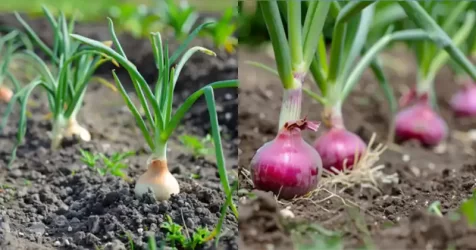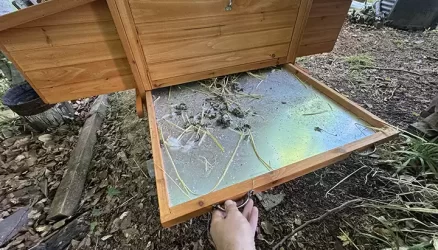How to Grow Cucumbers in Bulk in Soil Bags with Minimal Maintenance

Growing cucumbers in bulk in soil bags with minimal care may sound unconventional, but it can be an efficient and resourceful way to cultivate this versatile vegetable. This method is designed for individuals who have limited time for gardening but still want to enjoy a fresh cucumber harvest. The use of soil bags, plastic bottles, and kitchen waste as fertilizer makes this approach both eco-friendly and low-maintenance. This article will guide you through the process step by step.
Materials and Tools Needed:
- Soil bags
- Plastic bottles (recycled or new)
- Cucumber seedlings
- Kitchen waste (compostable)
- Vitamin B1 pills
- Dishwashing foam
- A wood grid (for support)
- Scissors
- A cup
Method:
- Prepare the Soil Bags:Begin by filling each soil bag with quality potting mix. Make sure each bag is tightly closed at the bottom.
- Insert Plastic Bottles:Take plastic bottles and cut off the tops, leaving the neck and a portion of the bottle attached to create a funnel shape. Ensure that the bottles are clean and have small holes to allow for aeration and drainage. These bottles will serve as both a means of adding kitchen waste as fertilizer and as a water reservoir.
- Position the Bottles:Place one bottle in each soil bag, with the neck extending out of the bag. Seal the bag around the neck of the bottle with twine or zip ties.
- Create Planting Holes:Cut two holes in each bag, one on the right and one on the left of the plastic bottle. These holes should be big enough to accommodate cucumber seedlings.
- Plant Cucumber Seedlings:Gently plant cucumber seedlings into the prepared holes, ensuring they are well-anchored in the soil.
- Provide Adequate Drainage:To prevent waterlogging, create drainage holes at the bottom of each soil bag. This is crucial for maintaining healthy cucumber plants.
- Support System:Install a wooden grid behind the soil bags to provide support for the growing cucumber vines. This will help keep the plants off the ground and promote better air circulation.
- Regular Maintenance:For the first two months, water the cucumber plants as needed and ensure they receive adequate sunlight. Cucumbers typically require consistent moisture and sunlight for healthy growth.
- Kitchen Waste and Vitamin B1:After about two months, begin adding kitchen waste into the plastic bottles as a natural fertilizer. You can also insert a vitamin B1 pill to promote root health.
- Dishwashing Foam:To deter pests, occasionally mix dishwashing foam in a cup with water and apply it gently to the cucumber plants. This soapy mixture will help protect the plants from common garden pests.
- Harvest Cucumbers:As the cucumber plants grow and produce fruits, regularly harvest ripe cucumbers. This encourages the plants to keep producing more.
Benefits of this Method:
- Low Maintenance: This method minimizes the need for constant care, making it suitable for individuals with busy schedules.
- Space-Efficient: Soil bags can be placed in rows, optimizing space in your garden.
- Recycling: The use of plastic bottles for both water reservoirs and fertilizer is a creative and eco-friendly solution.
- Continuous Harvest: Cucumbers can be harvested as they ripen, providing a steady supply throughout the growing season.
Growing cucumbers in bulk in soil bags with minimal maintenance is an innovative approach to gardening. By using recycled plastic bottles for both water reservoirs and natural fertilization, you can save time and resources while enjoying a bountiful cucumber harvest. With a wood grid for support and occasional care like adding kitchen waste and vitamin B1, this method ensures healthy and productive cucumber plants with little effort. Give it a try, and you’ll be surprised at the results you can achieve with this resourceful gardening technique.



















